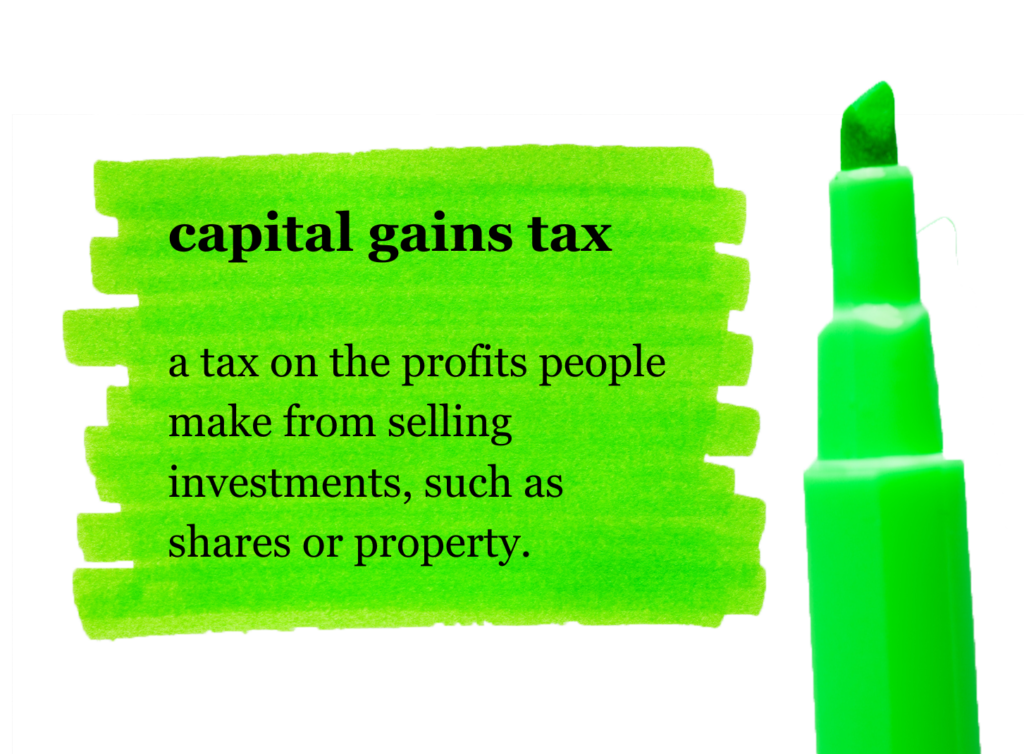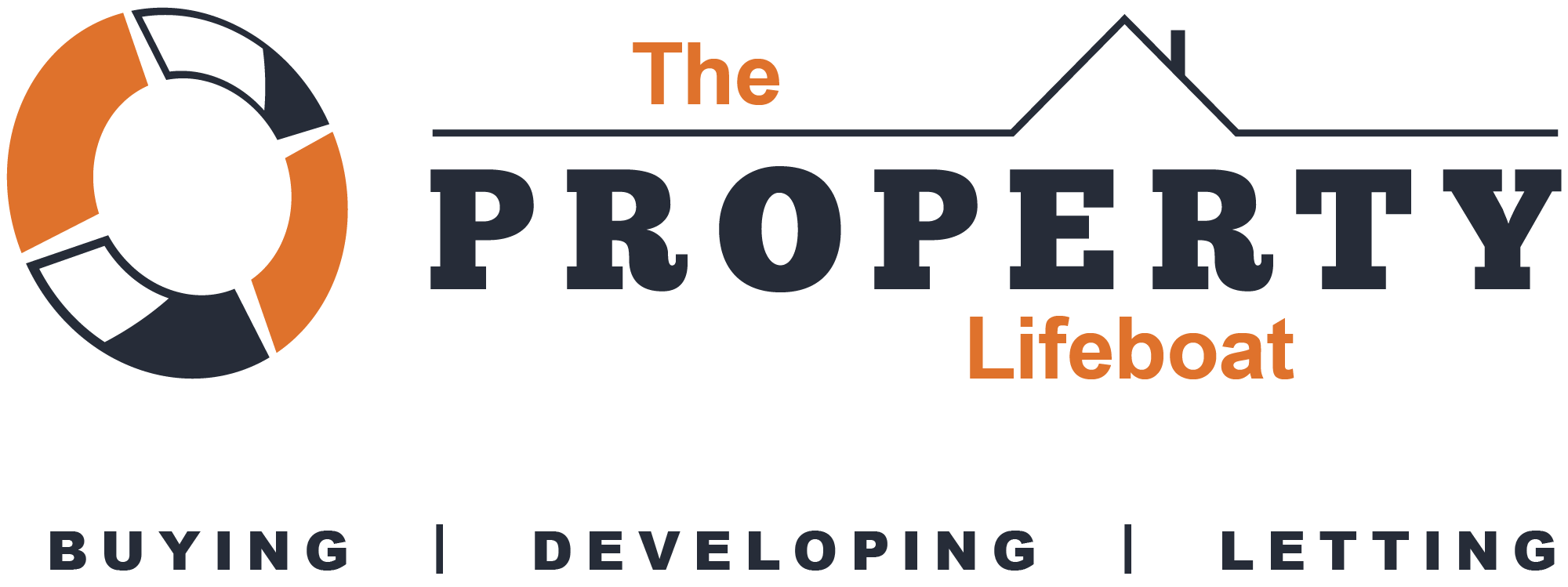
In recent years, there have been a number of changes to Capital Gains Tax rules and property investors need to take note. Latest figures from HMRC show that:
- Capital Gains Tax receipts hit a record £16.7 billion in tax year 2021/22 – that’s up 15 per cent on the previous record year.
- The CGT payers’ figure was also up 20 per cent to 394,000, more than doubling in a decade.
- The CGT free allowance was cut from £12,300 in 2022/23 to £6,000 for this tax year.
A recent statement from investment company Hargreaves Lansdown, concludes that it’s time to sit up and take notice. A summary of their observations is as follows:
- With record numbers of people paying capital gains tax, and tax-free allowances plummeting, CGT is no longer a tax most investors can ignore.
- Although almost half of the total CGT paid is on super gains of £5 million or more, this tax is not just for the super wealthy as 214,000 people paid CGT on gains of up to £25,000.
- Investment landlords continue to suffer the worse combination of the capital and income tax regime.
- Some 139,000 taxpayers reported 151,000 disposals of residential property in the 2022 to 2023 tax year with a total liability of £1.8 billion.
Hargreaves and Landsdown suggest the following (legal) strategies to mitigate GCT:
- Make use of your CGT allowance every year, before you lose it – Higher rate taxpayers pay 20 per cent on capital gains on investments and 28 per cent on gains from property. In the current tax year, you can make gains of £6,000 before you pay tax on them.
- Offset losses against gains – Don’t forget, you can offset any capital losses you make during the tax year against gains. If your total taxable gain is still over the tax-free allowance, you may be able to deduct any unused losses from previous tax years. If just some of your losses reduce your gain to below the tax-free allowance, you can carry forward the remaining losses to a future tax year.
- Shelter as much of your portfolio in ISAs as possible – If you have investments outside an ISA use the Bed and ISA process (also known as Share Exchange) to move these assets into an ISA. Once in an ISA you won’t pay tax on either gains or income. Because the dividend tax rate is generally paid at a higher rate than the capital gains tax rate, it’s often worth prioritising income producing investments when making decisions about how to use your ISA allowance.
- Plan as a couple – If you’re married or in a civil partnership you can transfer investments into their name without triggering CGT, so you can both take advantage of your allowances. And if your spouse or partner can realise gains within the basic rate band, they will pay 10 per cent on gains (or 18 per cent on residential property).
- Consider a Venture Capital Trust – These aren’t right for everyone, because they are very high risk, so should only ever be considered as a small part of a large and diverse portfolio. However, if you use these schemes, they are CGT free and you can get up to 30 per cent income tax relief on the amount you invest – which can reduce your overall tax bill.
At The Property Lifeboat, we will always help and advise landlords and assist where we can.
If you would like some help with any of the subjects covered above or anything else relating to properties or lettings, please email admin@thepropertylifeboat.co.uk

